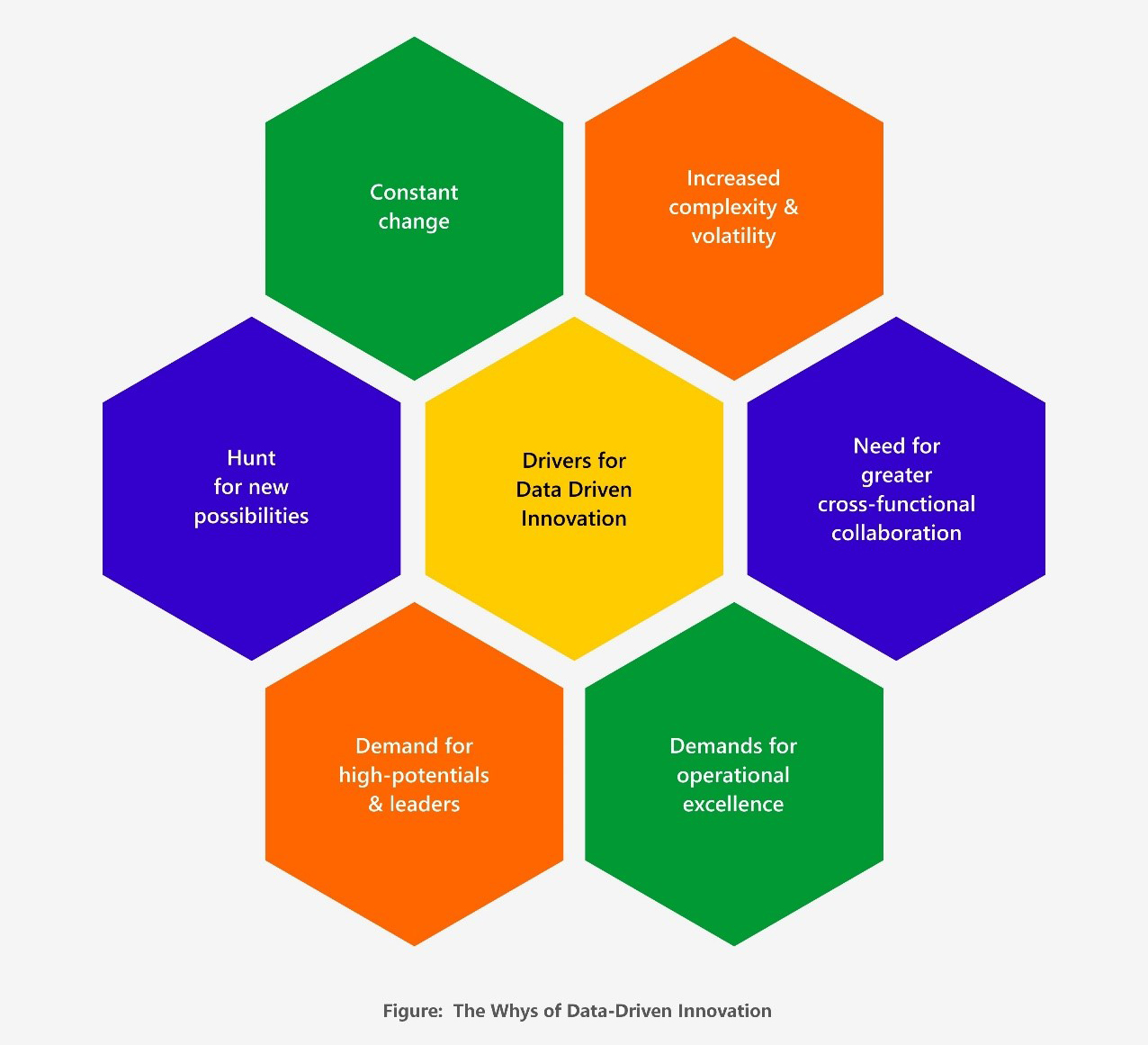
“You miss 100 percent of the shots you never take.” – Wayne Gretzky
Data analytics is rewriting the rules of business innovation. We’ve hit a massive goldmine and even innovation frontrunners aren’t aware of the possibilities that exist out there, hidden somewhere in the data piles right under their noses.
Take a look at the analytics-based innovations that have rattled the market in the recent past:
- An analytics-powered machine beat the best human player of the thinking game “Go”.
- Vision recognition system powered the success of self-driving cars.
- A research platform identified six new cancer suppressors in a short span of two months.
- AI analytics created commercial arts and music successes.
With the quick and tremendous success of data-driven businesses like Google, Amazon, and Netflix, we are barely coming to grips with the extent of the impact and success data-driven businesses can achieve. And this is just the beginning.
Decoding the PotentialWhat most of us realize is that the above successes could only be low-hanging fruits, and a much wider spectrum of potential benefits is still there, out of our grasp, resulting in many missed opportunities.
Data Science-led innovations will smash all innovation barriers.
One reason why business leaders across the industry spectrum are rooting for data science-led innovation is that the datafication has deleted all existing boundaries.
In the past, two prime barriers – resources and information – impeded innovation in medium and small enterprises. With data bridging the information gap and the cloud facilitating cheap resources, we are witnessing true democracy in the digital world.
Enablers of Data-Driven InnovationIn this unprecedented race, organizations are grappling with fast and at-scale innovation.
With escalating demands across levels, data-driven innovation could emerge as the sole rescue for businesses.

So how do we achieve the best out of our data? Data scientists will need support on two fronts: technology and culture.
The latter is trickier.
Often changes in one process lead to changes in other interdependent processes. This can create inter-team friction. Data-driven teams are more agile and they continuously tweak their approaches to align their work to the outcome. A similar level of agility is thus required from the support teams.
With stakeholders on their side and an understanding of the existing culture, data scientists can construct teams or collaboration networks in two ways:
Centralized teams: One big team working toward a common goal
Decentralized teams: Small clusters working on unique problems

There is no single-best approach. Apple and Roche have centralized and concentrated systems, while Google and Sanofi have decentralized and dispersed systems.
Top Tools for Data-Driven InnovationData science-led innovations are a colossal dig of treasures buried at varying levels. As we unearth the value in data, we also get insight into the tools that work best. We list the most popular ones here:
#Data VisualizationData visualization is crucial to identifying and understanding data relationships. It shrinks the path to decision-making by giving actionable insights. Visualizations can come in handy while understanding patterns, outliers, trends, and comparisons.
#Presentation and StorytellingThese can explain your ideas to busy stakeholders and help you get the required support. You can present your thoughts and ideas in a way that appeals to your audience. You can go as far as using animations or storytelling.
#Cloud ComputingThe cloud can be an excellent source for data discovery and scenario planning. Many organizations are using it to create data sandboxes wherein data scientists can experiment, eliminating the need to acquire and configure on-site resources.
On the cloud, data scientists can also experiment with open-source platforms and tools. The cloud and open source cover up for the limitations of in-house resources.
Parting PointersAnalytics can drive and organize innovation in various ways. Data Scientists can choose the appropriate approach and the right trade-off between the decentralized and centralized structures to meet their goals.
Till date, the best data-driven innovations have:
- Combined existing technologies in a new way
- Used existing technologies in a different way
- Applied existing solution in some problem to a different domain
The above methods have used existing technologies as the foundation and we are yet to figure our way into de novo innovations. The latter can bring unparalleled competitive advantage.
Have you unearthed your data’s potential yet?
#TriviaWhile businesses have been investing more in research, innovation rates have been declining. Another reason for data to lead the way!


































